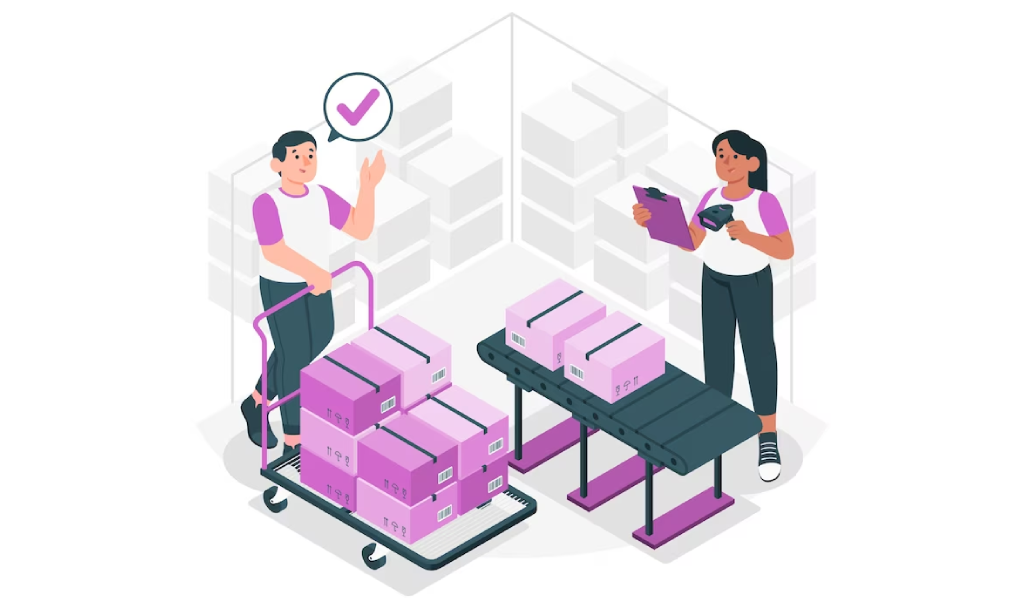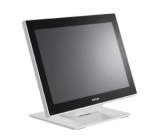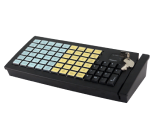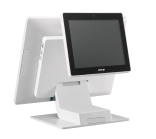In today’s fast-paced business world, effective inventory management is fundamental for the success of any company. Manual inventory tracking is not only time-consuming but also chance of errors. This is where a barcode inventory system can make a significant difference.
In this blog, we’ll guide you through the steps to implement a barcode inventory system in your business.
1. Understand the Basics
Before diving into the implementation process, it’s essential to understand the fundamentals of a barcode inventory system. In simple terms, it involves assigning a unique barcode to each item in your inventory. This barcode can be scanned using a barcode scanner to quickly retrieve information about the item, such as its name, quantity, and location.
2. Choose the Right Hardware and Software
Barcode Scanners: There are various types of barcode scanners, including handheld, wireless, and stationary models. Select the specific printer which suits your business and budget.
For more information https://staging.posiflexindia.com/product-category/scanner
Barcode Labels: You’ll need barcode labels for each item in your inventory. These labels will contain a unique code that corresponds to the item’s information in your inventory database.
Inventory Management Software: Invest in reliable inventory management software that is compatible with your barcode system. This software will help you store and retrieve data efficiently.
3. Create a Database
Set up an inventory database to store all the relevant information about your products. Each product should have a unique identifier, which is also encoded in the barcode. You can use management software to create and manage your database.
4. Generate Barcode Labels
Generate barcode labels for each item in your inventory. These labels should contain the product’s serial number in barcode format. Barcode label printing software can help you with this task.
5. Affix Barcode Labels to Items
Attach the generated barcode labels to your items. Ensure that labels are placed in an easy scannable location on each item.

6. Train Your Staff
Train your staff on how to use the barcode inventory system. Make sure they are proficient in operating the barcode scanners and using the inventory management software.
7. Start Scanning
With everything in place, you can begin scanning your items into the inventory system. Use the barcode scanner to read each label and input the data into your inventory database.
8. Regular Maintenance
To ensure the effectiveness of your barcode inventory system, conduct regular maintenance. This includes updating the database and replacing damaged barcode labels.
9. Monitor and Analyse
Once your barcode inventory system is up and running, you can monitor your inventory in real-time. This allows you to track stock levels and help in restocking, sales, and purchasing.
10. Benefits of a Barcode Inventory System
Improved accuracy: Minimizes data entry errors.
Time savings: Reduces the time required for inventory tasks.
Enhanced organization: Simplifies locating and managing items.
Real-time data: Provides up-to-the-minute information on stock levels.
Better decision-making: Helps with informed purchasing and restocking decisions.
In conclusion, implementing a barcode inventory system can significantly enhance your business’s efficiency and accuracy in managing inventory.
While the initial setup may require an investment of time and resources, the long-term benefits make it a worthwhile effort for any business looking to streamline its operations. So, why wait? Start your journey toward a more efficient inventory management system today. Please visit our website for more information about POS machine. Posiflex is a leading provider of innovative point-of-sale solutions that have the power to transform businesses. https://staging.posiflexindia.com/
Published on 9th November 2023












